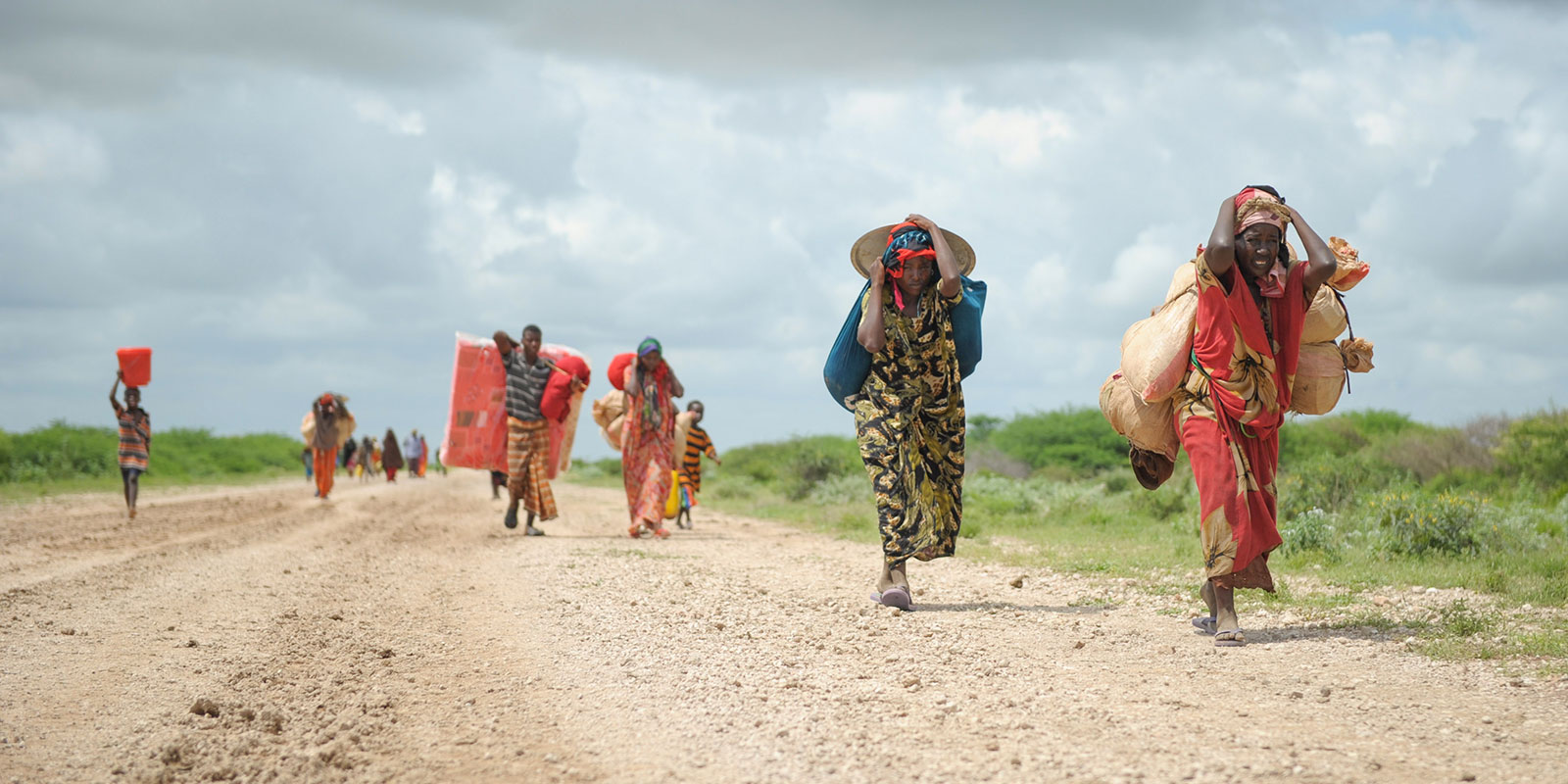Addressing what states do upon the cessation of hostilities to prevent relapses into violent conflict is central to post-conflict reconstruction and development (PCRD). Consequently, rebuilding infrastructure, political and social institutions, demobilising, disarming and reintegrating ex-combatants and generally creating conditions for recovery and resilience in conflict-affected states have been part of the broader goals of sustaining peace in the world.
The African Solidarity Initiative (#ASI) promotes solidarity, mutual assistance and regional integration, driven by the motto: ‘Africa helping Africa’ #StrongerPeacebuilding #AUPCRD
Tweet
Notwithstanding the efforts, evidence of relapses exists in Africa and around the world. While some of the relapses are due to new challenges, others are attributable to reconfigurations of longstanding issues or relapse into conflicts presumed to have been resolved. Addressing such challenges requires consideration of the whole spectrum of PCRD.
A key factor in promoting effective PCRD relates to coordination and coherence. With multiple actors, stakeholders, issues and dynamic contexts, the possibility of duplication of efforts and inefficient utilisation of resources constitute a challenge to effective PCRD. Deliberate efforts to ensure coordination and coherence in the deployment of PCRD efforts are therefore crucial to peacebuilding.
Effective PCRD also requires coherence and coordination in the deployment of efforts in post-conflict areas. Multiple actors, issues and stakeholders constitute one of the most recognisable challenges of effective PCRD. The reality of inadequate coordination can lead to duplication of efforts and inefficient use of resources. Deliberate efforts to deepen coordination of efforts thus remains crucial to ensuring effective PCRD. For this reason, the African Union (AU) consistently mainstreams collaboration with such organisations as the UN in consideration of its PCRD efforts. Internally, the institutionalisation of the Inter-Departmental Task Force on PCRD has also supported deeper internal coordination of the AU’s PCRD activities.
Effective PCRD is expensive. The sheer expanse of scope and the need to ensure that efforts are sustained to prevent relapses makes the endeavour quite expensive. With the shrinking resource base and an increasing need for resources, the AU, through the Peace and Security Department (PSD), has found it necessary to revitalise the African Solidarity Initiative (ASI) since the underlying issues that led to the launch of the initiative in 2012 are still relevant for PCRD. The ASI seeks to promote African solidarity, mutual assistance and regional integration and propel the continent to a higher level of development and self‐confidence, driven by the motto: ‘Africa helping Africa’. Aware that successful post-conflict reconstruction and development demand long-term commitments, collective efforts and African ownership and leadership are essential to effective PCRD on the continent.
The context of some conflict or post-conflict environment in parts of the continent involves contestations over state legitimacy. In the Lake Chad Basin and large parts of the Sahel, for instance, the weak presence of states appears to have empowered sub-state groups like Boko Islamic State West Africa Province (ISWAP) to contest state control over such territories by providing a sense of governmental responsibilities in such areas. Such actions inhibit national cohesion. In addressing such context through PCRD, it is crucial for states not just to take a leading role, but to be seen as doing same by the wider populace in affected countries. Therefore, the AU PCRD Strategy and attendant Guidance Notes prescribe close coordination of PCRD activities with the leadership of affected states to avoid undermining the legitimacy of states. In the Gambia, for instance, the AU Commission, following a request from the Government of Gambia to the PSC on 29 March 2017, deployed a Technical Support Team (AUTSTG) to support the Government to consolidate conflict prevention measures and anchor the Gambian transition on a stable foundation. The AUTSTG’s innovative role as a lean and focused technical support framework provides a model to be replicated in other contexts on the continent.
Even after the formal cessation of hostilities in a conflict context, vestiges of the old order exist to influence the post-conflict environment in various ways. The extent to which these are managed can affect sustainable peace. This category includes leaders of armed groups and tribal leaders whose activities can be detrimental to PCRD. For this reason, the AUC continues to support the peace and reconciliation process within the framework of the African Initiative and the efforts of the Panel of Facilitators in the Central African Republic. Under the aegis of the AU, a Political Agreement for Peace and Reconciliation was negotiated between the Central African Government and 14 armed groups in Khartoum and signed in Bangui on 6 February 2019. The implementation of this Agreement under the political leadership of the AU has significantly decreased violence and allowed a progressive redeployment of the State administration and authority throughout the country.
Effective PCRD also requires a consideration of the root causes of conflict. While this appears to be conventional wisdom, in practice, the complex underlying factors of conflicts makes a consideration of the root causes equally complicated. Achieving sustainable peace nevertheless requires a consideration of the root causes. The nine pillars of the Lake Chad Basin Stabilisation Strategy are, for instance, structured along the lines of the root causes of instability in the region. Further, as part of initiatives towards post-conflict reconstruction and development, the AU Mission in Somalia implemented activities covering early responses, timely interventions including capacity building, community engagements, quick impact and peace strengthening projects aimed at eliminating violence by addressing the root causes of conflict and laying the foundation for peaceful transformation in Somalia.
The centrality of PCRD as a means for sustainable peace cannot be underestimated. At the AU, this is the driving force behind calls to swiftly operationalise the AU Centre for Post-conflict Reconstruction and Development following the adoption of the mandate at the 33rd Assembly of Heads of State and Government, and implementing AU Assembly Decision 756 (XXXIII) adopted in February 2020.
Ms. Sandra Adong Oder is the Coordinator of the African Union Post-Conflict Reconstruction and Development Unit.


